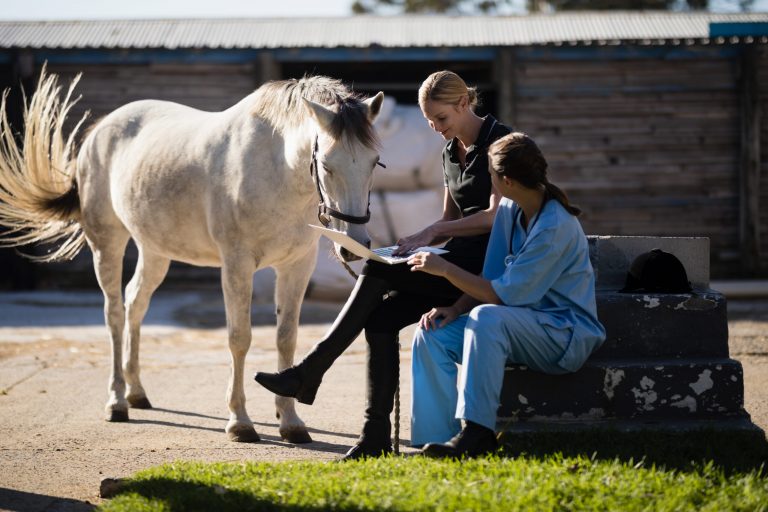
Equine veterinarians usually don’t get to pick and choose the hours of the day (and evening) that they are outside working on horses. Certain times of the day are favored feeding times for mosquitoes, putting humans at risk for encephalitis exposure. In recent years, there have been increasing numbers of cases of eastern equine encephalitis virus (EEE) in horses and humans east of the Mississippi River.
Due to a concern that encephalitis virus—for which there is no vaccine—could be used as biological warfare, a study at Emory University in Atlanta, Georgia, evaluated the efficacy of a human-targeted vaccine. This vaccine might be protective against all three forms of the virus: EEE, WEE, and VEE [Coates, EE.; Edupuganti, S.; Chen, GL.; et al. Safety and immunogenicity of a trivalent virus-like particle vaccine against Western, Eastern, and Venezuelan equine encephalitis viruses: A phase 1, open-label, dose-escalation, randomized clinical trial. The Lancet Aug 2022, vol. 22, issue 8, pp. 1210-1220; doi.org/10.1016/S1473-3099(22)00052-4].
Encephalitis Vaccine Study
Thirty participants in the study ranged in age from 21-48 years. They were split into six dosing groups of five participants each. The participants in each group received either 6 ug, 30 ug or 60 ug of a trivalent virus-like particle vaccine (WEVEEE VLP), with or without aluminum hydroxide adjuvant. There were three components in the vaccine: EEEV, VEEV and WEEV, i.e. eastern, Venezuelan and western equine encephalitis virus. The vaccine was given by intramuscular injection on day 0 and at week 8. The participants were evaluated for safety and tolerance of the vaccine. The immune response of neutralizing antibodies was measured four weeks following the second vaccination.
Study Results
The vaccine was tolerated well by all participants. The most prevalent side effect was some dose-dependent, mild injection site pain and tenderness in 73%. Half of those receiving the vaccine experienced malaise. There were no significant differences between dosing groups for any other reactions. The highest immune response was achieved with all three antigens in the group receiving 30 ug formulated with an aluminum hydroxide adjuvant. For all dose sizes and formulations, the majority of participants developed an immune response to all three vaccine components: 83% for EEEV; 90% for VEEV; 93% for WEEV; and 76% for all three combined.








